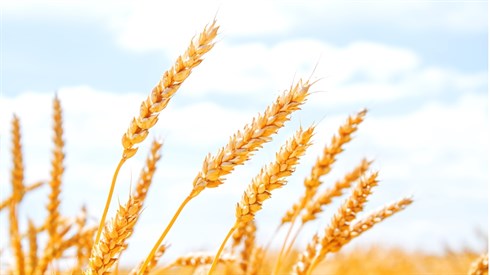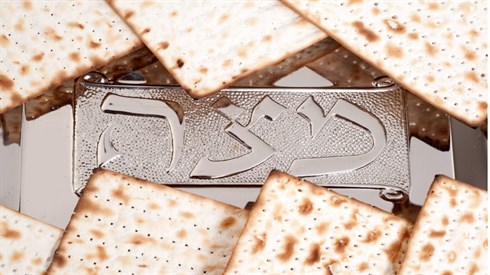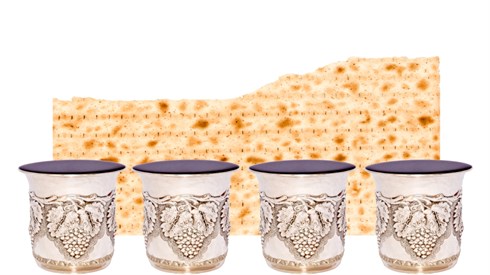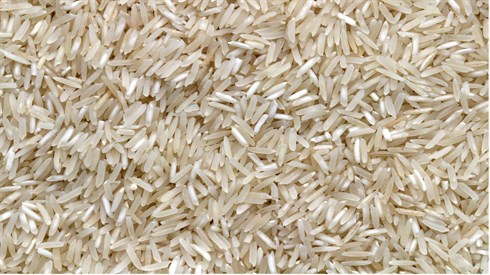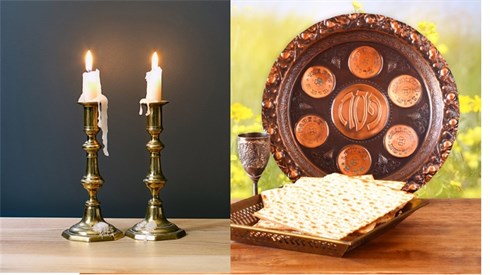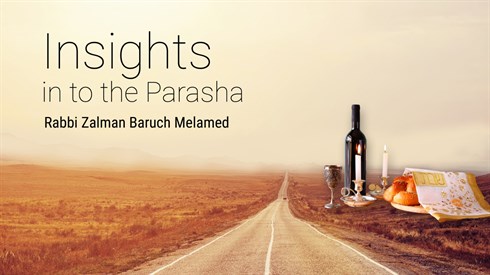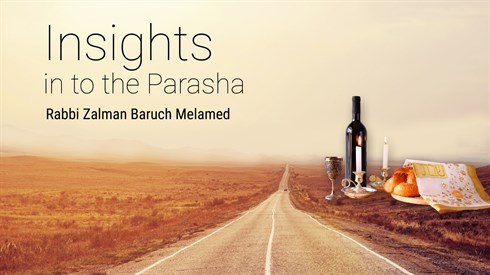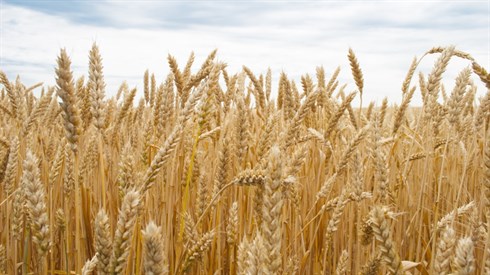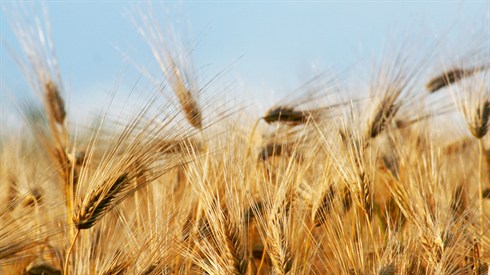Sukkot
Text size
-
 Sukkot and Shabbat – What Type of Happiness?
Sukkot and Shabbat – What Type of Happiness?
Rabbi Daniel Mann Explains why we should be happy with the holiday and what it has to do with our stay in Israel -
 Beginning Another Time Around
Beginning Another Time Around
Sukkot is a complex time of the year. Within the holiday season, it is at the end of the season of the regalim, which starts with Pesach, in the first month of the Jewish calendar (Tishrei is the seventh, not the first month). In the agricultural year, which is so central to the calendar and the holidays, as described by the Torah (see Shemot 34:22), Sukkot is at (/near) the end of the harvest season, i.e., the end of the agricultural year. Therefore, at least if one has an optimistic perspective, this is a time of celebration, and we call it “z’man simchatenu.” This is a stark contrast to the mood of the recent Yamim Nora’im, which focus on fear and trepidation. Many explain Sukkot as a natural return to a more optimistic tone after hopefully succeeding in the spiritual “heavy lifting” of Yom Kippur. -
 Tying Up the Arba Minim on Yom Tov
Tying Up the Arba Minim on Yom Tov
Last year, I forgot to prepare the arba’a minim before Yom Tov and just put them in the koysheklach without tying anything. If this happens again, what can and should I do to prepare them on Yom Tov? -
 Sukkot and Shabbat – What Type of Happiness?
Sukkot and Shabbat – What Type of Happiness?
The Vilna Gaon famously pointed out that there are two mitzvot that one fulfills with his whole body – living in Israel and living in a sukka. Of course this can be a cute physical observation, that there is no specific part of the body to which the mitzva applies. However, it is more likely that the intention is that these mitzvot apply to one’s whole persona.
Keep Reading...
<
109876
>
